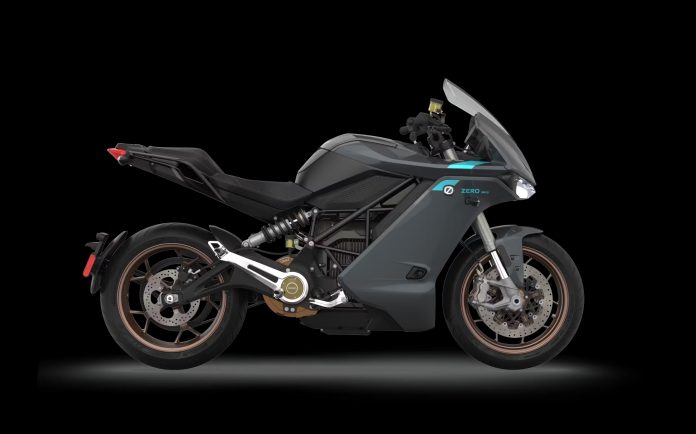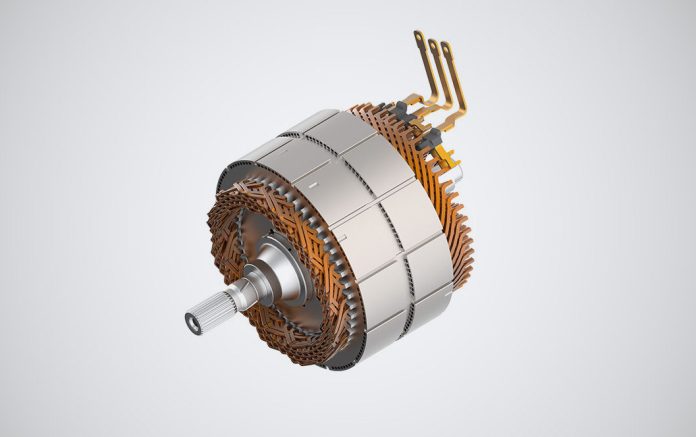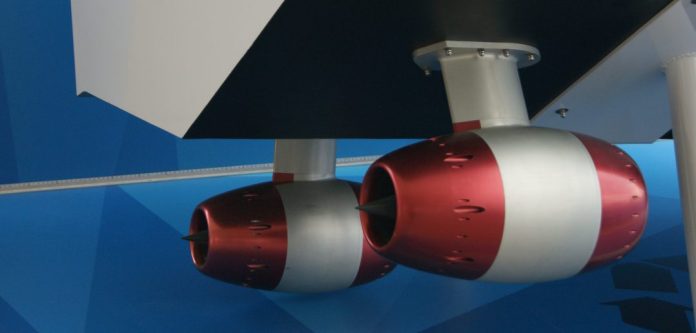A strong consortium of European partners within research, battery cell manufacturing, testing, and battery system providers has launched the EU Horizon DigiBatt Research Project – a significant initiative aimed at addressing the growing demand for batteries in Europe and the need for clean and sustainable energy solutions.
DigiBatt is dedicated to reducing the cost and time to market for new batteries by combining traditional battery testing methods with cutting-edge digital technology.
The primary objective of the project is to standardize, automate, and expedite the battery testing process through innovative methods. This involves creating standard semantic data models for battery testing, establishing a digital-twin infrastructure to connect experimental testing setups with virtual testing workflows, and implementing automatic test triggering and data-driven approaches to facilitate intelligent experiment design and customized testing workflows. Ultimately, the project strives to develop reliable new models for predicting battery lifetime and safety within system-level infrastructure.
These developments are expected to streamline testing workflows, enhance the quality of results, and make digital battery testing accessible to the broader battery community by developing open-source solutions. Francesca Watson, Research Scientist at Sintef and project coordinator, explains «The forecasted battery demand of 450 GWh in Europe by 2030 highlights the urgency and significance of initiatives to support the transition to a sustainable and low-emission future. The DigiBatt project will be a big step in the right direction as the potential for advances in battery testing and new digital tools is huge. By establishing a common way to describe and share all the data, we will get more learning from the data we already have. This will enable the DigiBatt project to develop more advanced simulation tools, more efficient testing as well as shorten the time for new battery».










